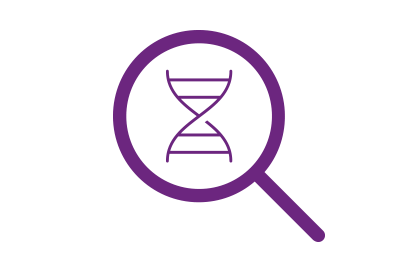References:
1. Rosen, E. D.; Spiegelman, B. M. What We Talk About When We Talk About Fat. Cell 2014, 156 (1-2), 20-44.
2. Wu, J.; Boström, P.; Sparks, L. M.; Ye, L.; Choi, J. H.; Giang, A.-H.; Khandekar, M.; Virtanen, K. A.; Nuutila, P.; Schaart, G.; et al. Beige Adipocytes Are a Distinct Type of Thermogenic Fat Cell in Mouse and Human. Cell 2012, 150 (2), 366-376.
3. Zhang, Y.; Proenca, R.; Maffei, M.; Barone, M.; Leopold, L.; Friedman, J. M. Positional Cloning of the Mouse Obese Gene and Its Human Homologue. Nature 1994, 372 (6505), 425-432.
4. Madhusoodanan, J. The Secret Life of Fat Cells. ACS Cent. Sci. 2018, 4 (9), 1078-1080.
5. Zhou, Y.; Rui, L. Leptin Signaling and Leptin Resistance. Front. Med. 2013, 7 (2), 207-222.
6. Adipose tissue. (Accessed Jul 3, 2019).
7. Cleary, M. P.; Grossmann, M. E. Obesity and Breast Cancer: The Estrogen Connection. Endocrinology 2009, 150 (6), 2537.
8. MacLean, P. S.; Higgins, J. A.; Giles, E. D.; Sherk, V. D.; Jackman, M. R. The Role for Adipose Tissue in Weight Regain after Weight Loss. Obes. Rev. 2015, 16 Suppl 1 (Suppl 1), 45-54.
 Key Takeaways
Key Takeaways














.jpg)

.jpg)
.jpg)
.jpg)
.jpg)





.jpg)


.jpg)
.jpg)

.jpg)


.jpg)





.jpg)

.jpg)





